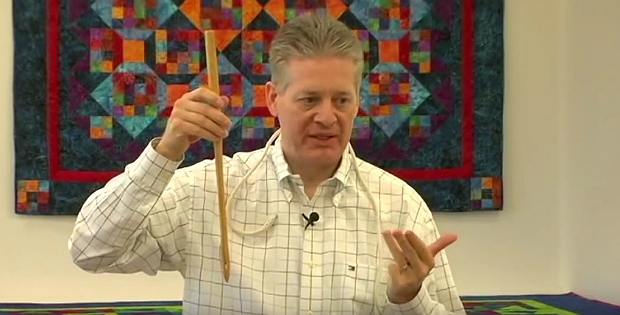What Are the Best Needles for Quilting?

You May be as Surprised as We Were!
The quality of the thread you use has a big impact on both your quilting projects and your machine (see the article here). It turns out that needles are just as important in preventing excess lint and other issues.
In the following video, Bob Purcell of Superior Threads gives a fascinating talk about needles. He covers how to know when it’s time to change your needle (by how it sounds while stitching), how various needle designs affect the thread, and goes on to recommend a certain type of needle.
We were surprised by how much we learned about needles from his interesting talk. You may be too.
Click here to watch the video at YouTube if it doesn’t play on your device.
Interestingly, he says you only need four different needles to get the best results in general-purpose sewing and quilting. Actually, that’s one type of needle in four sizes (except for knits – use ballpoint).
The needle he recommends, and the one that pro quilters and sewists use, is not the universal needle, quilting needle, or anything else we expected. It’s the topstitch needle. The video clearly explains why.
And, he recommends choosing the needle size based on the thickness of the thread, not the fabric. For most quilting projects, size 90/14 is perfect, although you’ll want to keep 70/10, 80/12 and 100/16 on hand as well.
Bob also recommends using titanium-coated needles (forget what you’ve heard about titanium needles – it’s probably not true!). One titanium-coated needle will last 60+ hours before you’ll need to change it – well worth the small additional cost.
The following video is a short follow-up that explains how needles change going from sizes 70 to 100, and the similarities between metallic and topstitch needles.
Click here to watch the video at YouTube if it doesn’t play on your device.
Would you like to try titanium-coated topstitch needles? You’ll find an assortment pack with all 4 sizes here and here.












Very helpful as well as interesting.